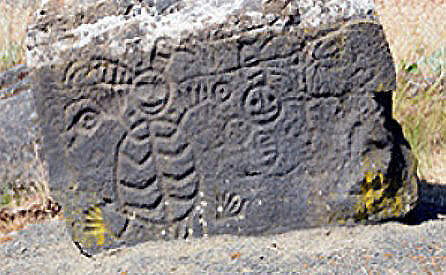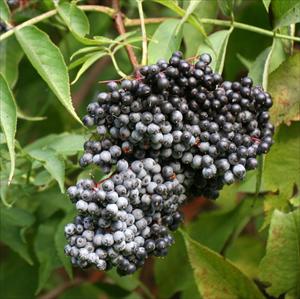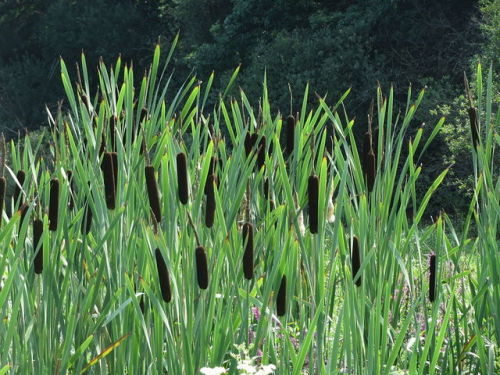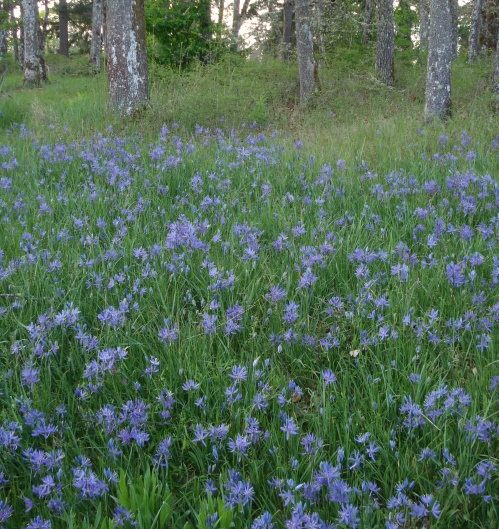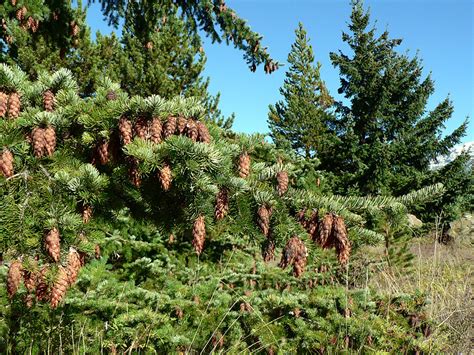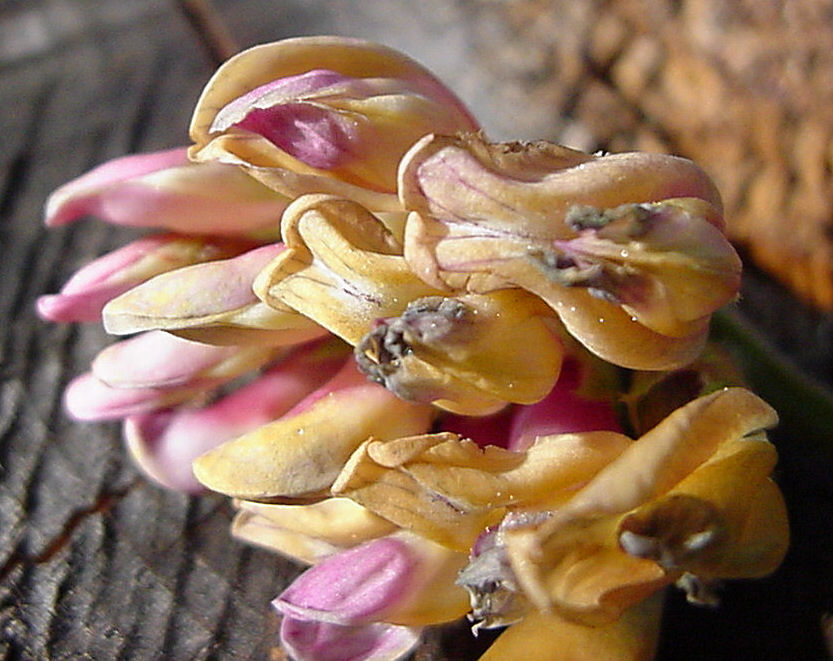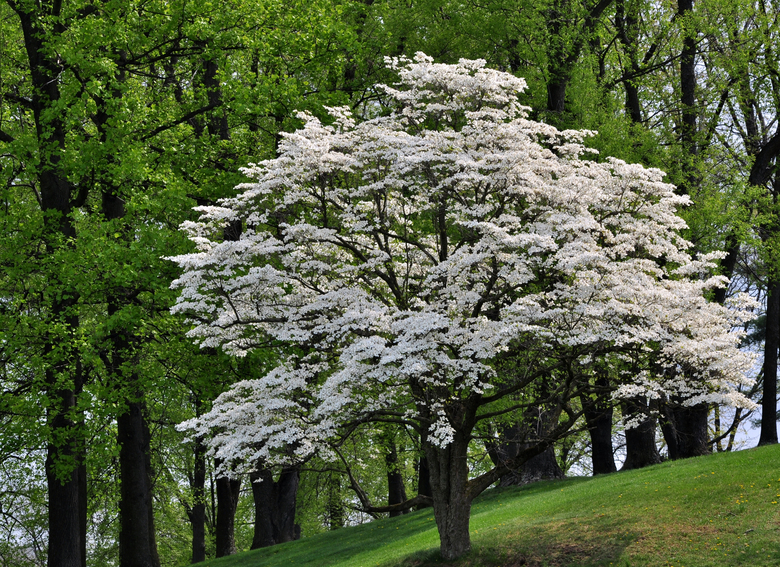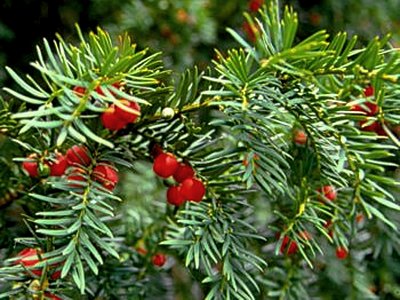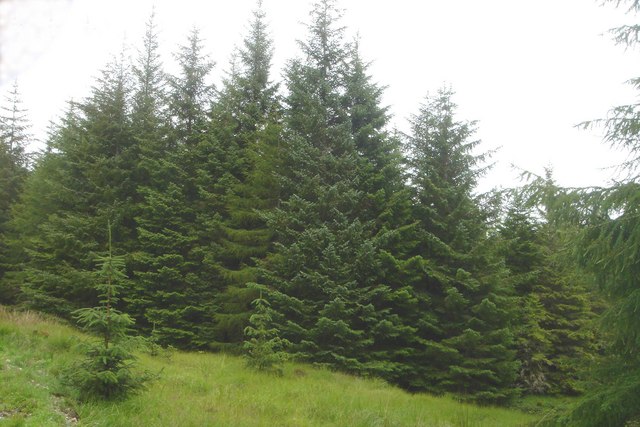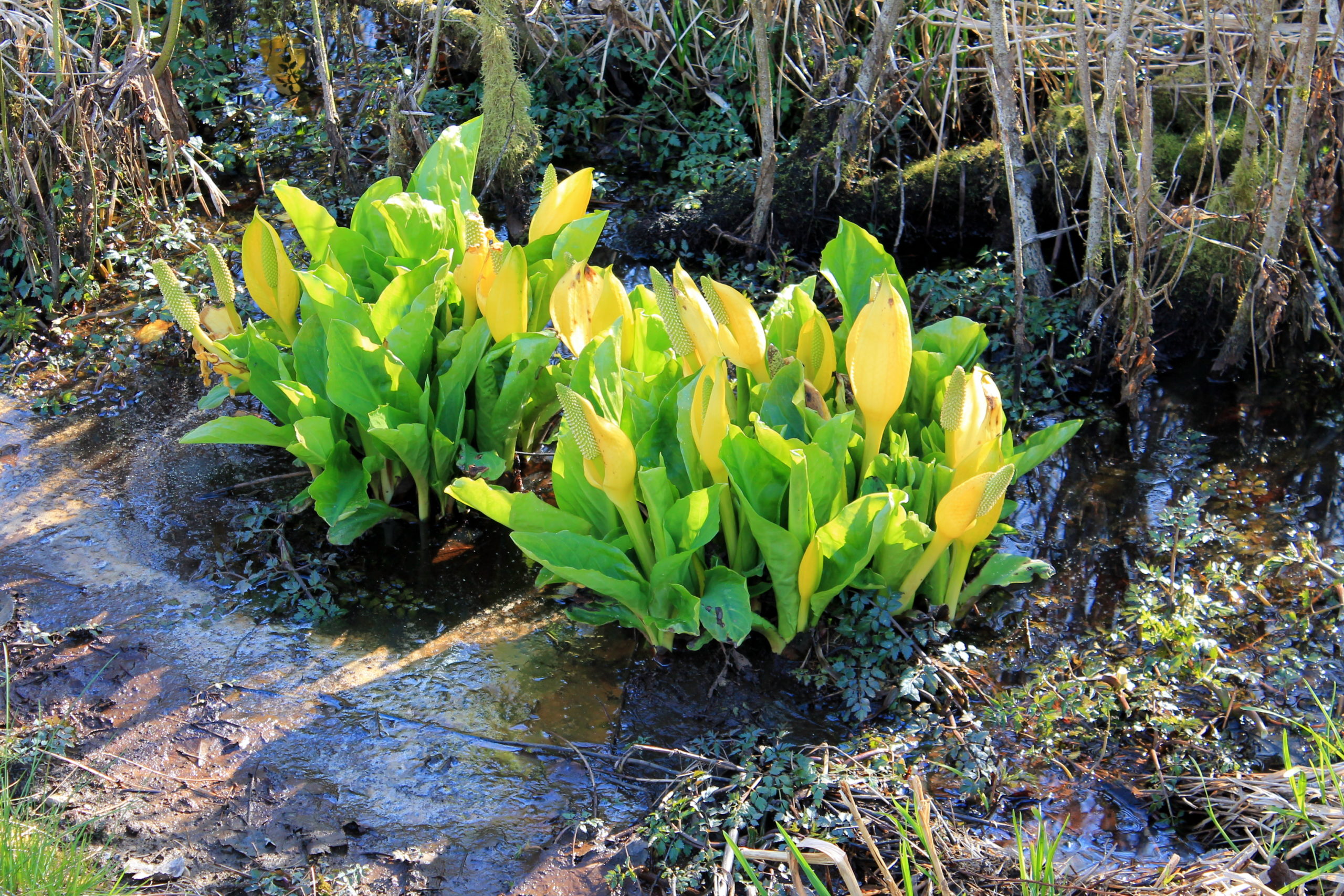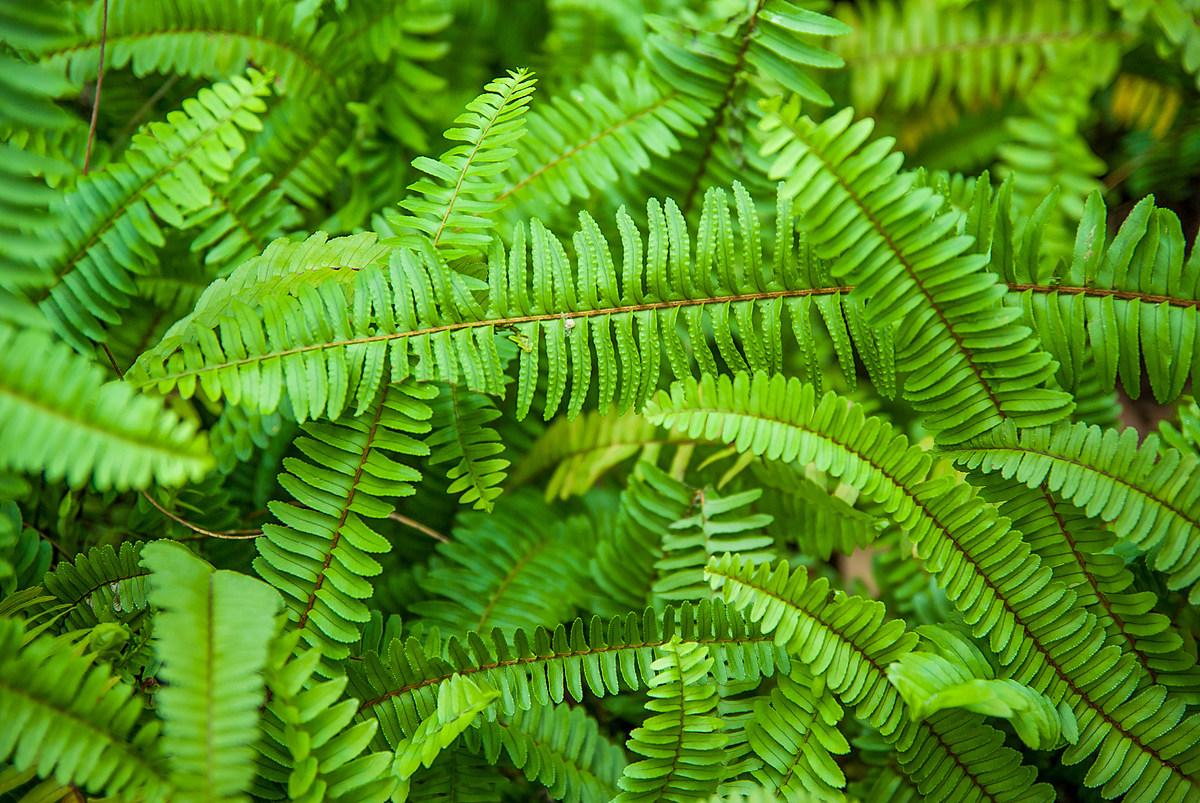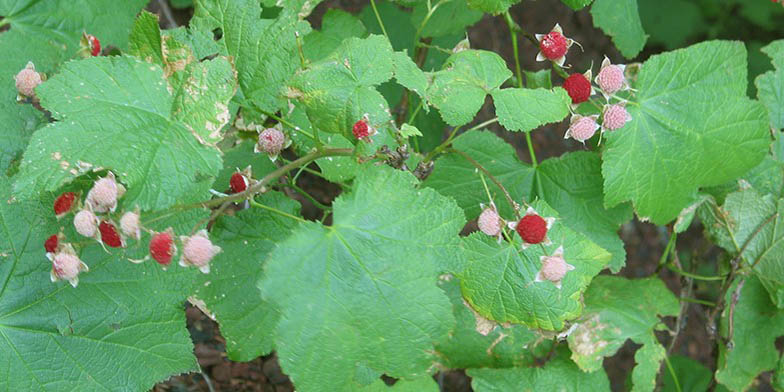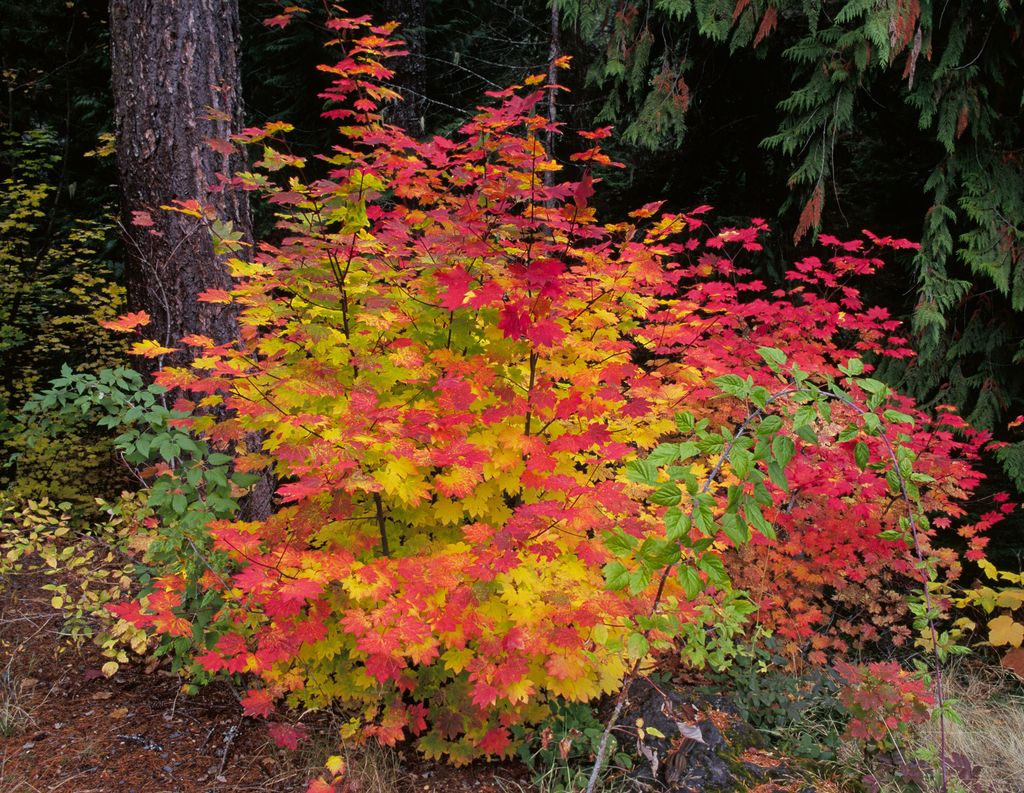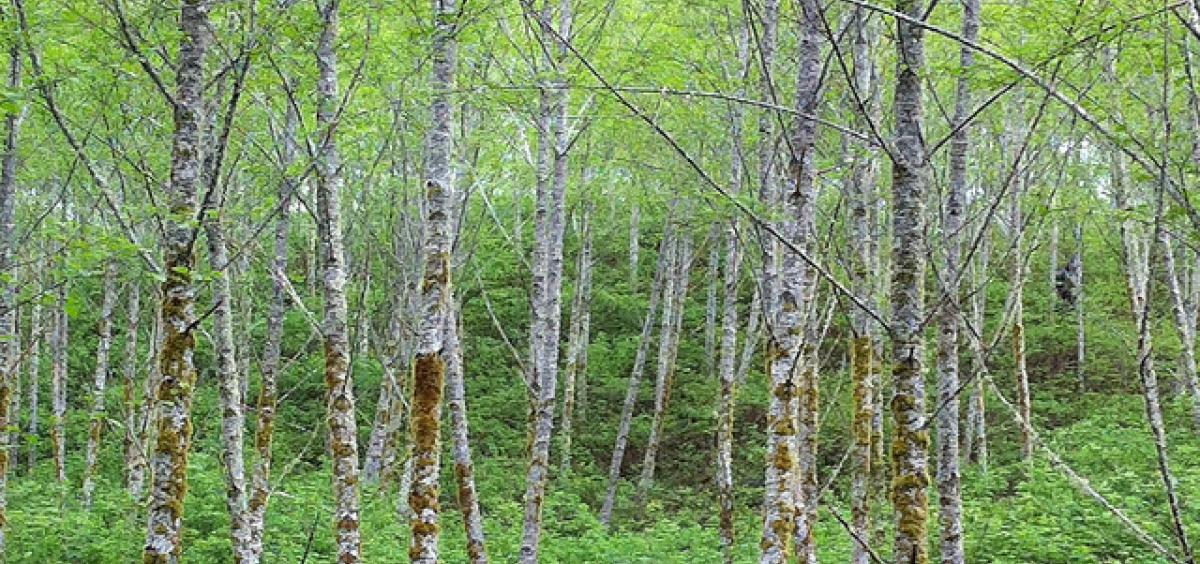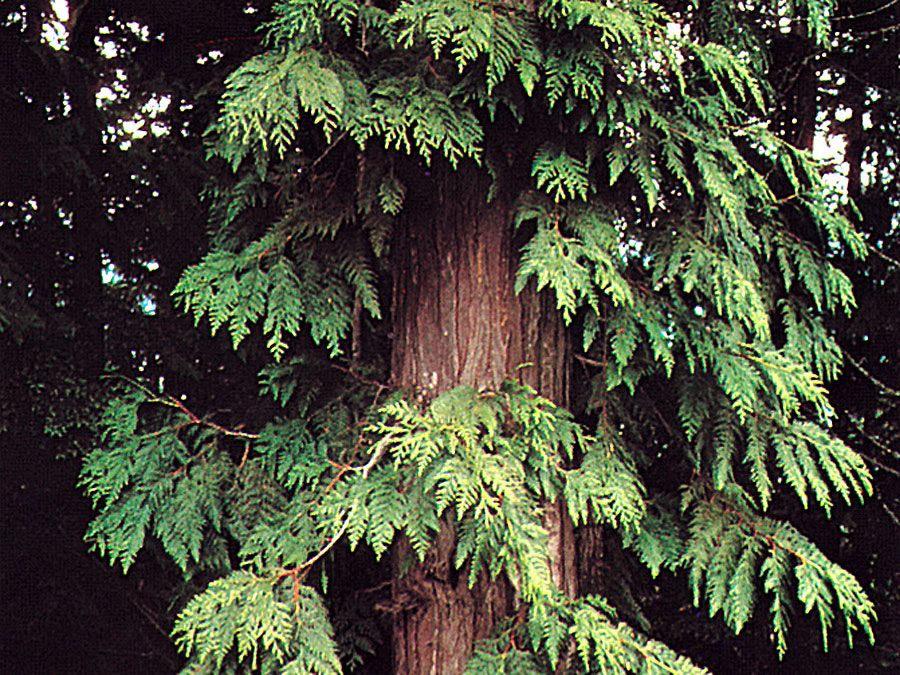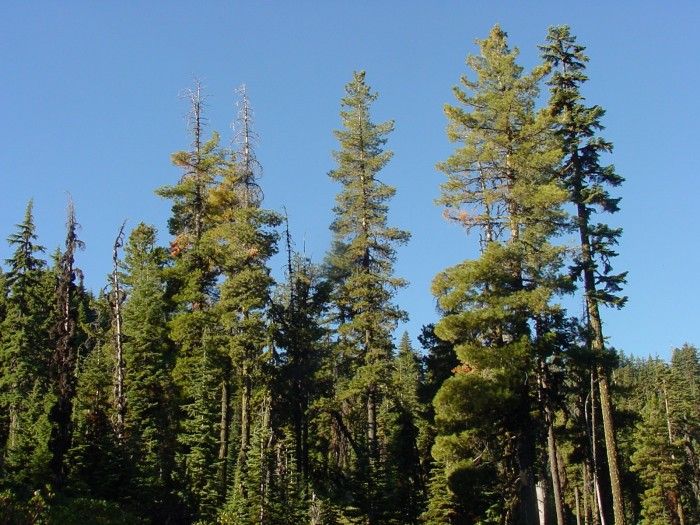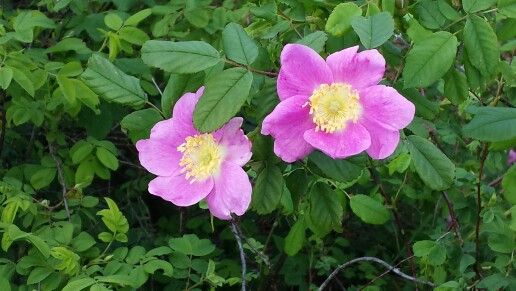Forest landowners protect tribal cultural resources on their lands
Cultural resources are part of the ancient and spiritual, present and future culture of the tribes. State, private and non-federal landowners have worked with tribes to develop voluntary measures for identifying and protecting significant cultural resources on their lands, and created a plan called Cultural Resources Protection and Management Plan (CRPMP).
The first step in the CRMP is to open a dialogue with neighboring tribal representatives, sharing each other’s plans and concerns. Mutually acceptable management strategies are possible via the development of cooperative relationships. This is followed by an assessment of cultural resources and then adoption of voluntary forest land management measures for the protection of significant cultural resources within the context of commercial forestry.
An important goal of the plan is to ensure that the affected tribes have a better opportunity to maintain and perpetuate their traditional values and practices. What this is really about is building trust, which comes along step by step, based on the experience of everyone working together.
Ongoing mutual respect between landowners and native people
Just as each tribe is different with different traditions and values, so is each forest landowner with differing land management objectives. In addition to protecting tribal cultural resources, landowners and land managers have forestry management, stewardship and economic objectives that they need to meet.
Cooperation, communication and mutual respect, is a proven way of meeting the needs of forest landowners and tribes. A Memorandum of Understanding helps with communications and relationship building, bridging knowledge gaps, anticipating and proactively resolving conflicts before they arise, and addressing cultural resources issues over larger geographic areas instead of on a site-by-site basis.
Protecting significant cultural resources with voluntary management strategies
Once cultural resources are identified and inventoried on state or private forestland, management strategies may be developed to properly preserve and protect these sites in their natural state, during forestry operations. Strategies include alternative methods of timber harvesting, or providing buffers; operational timing restrictions; changing the location of roads to avoid cultural resources during construction; surface treatment of roads and re-vegetation during road use and maintenance; abandonment of roads after operational use is completed; and planting trees of cultural significance, or retaining native vegetation by limiting non-Indian gathering.
